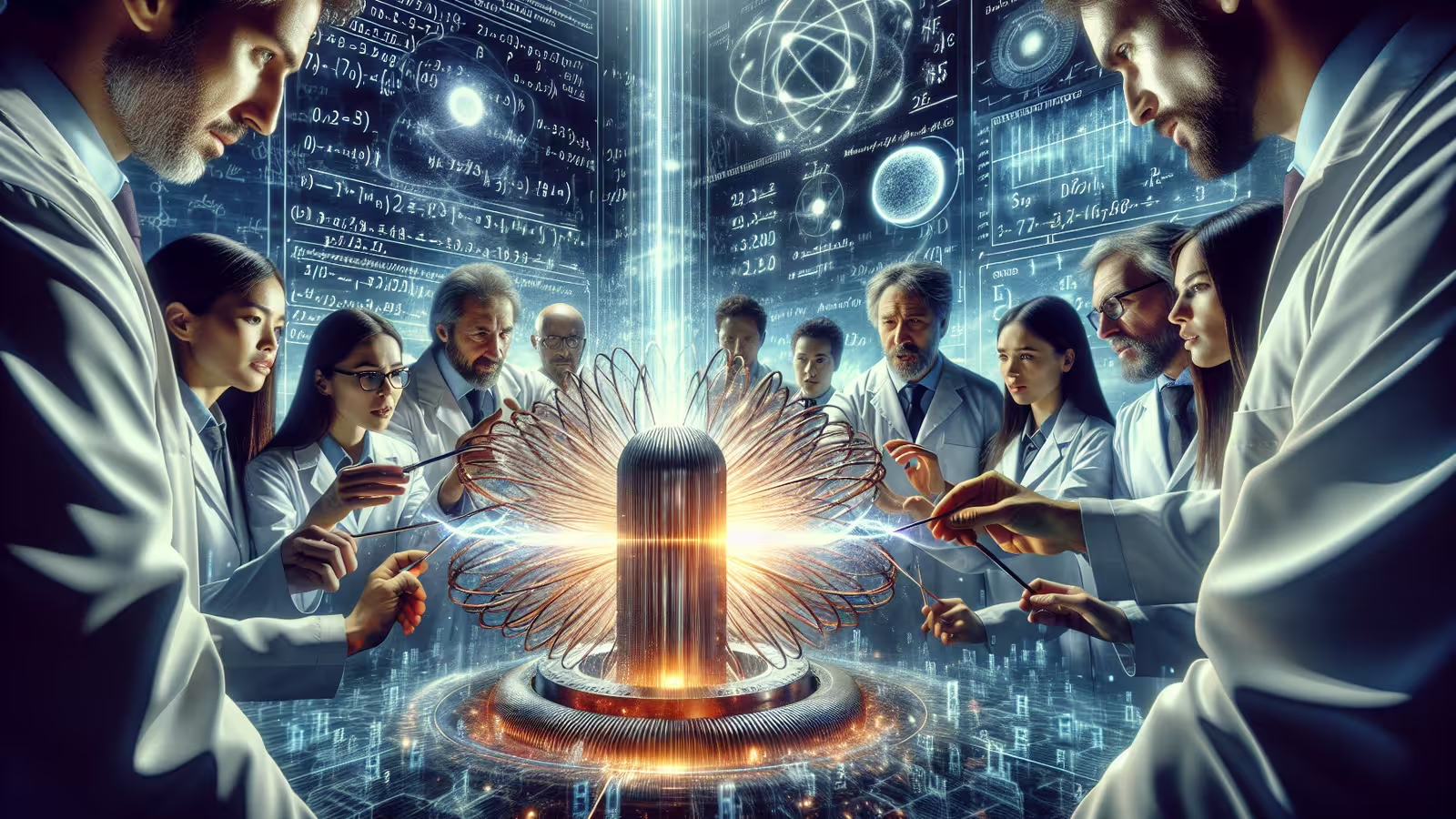3 Minutes
Understanding Magnetism: More Than Just Refrigerator Magnets
Magnetism plays a fundamental role in modern physics and technology, influencing everything from electric motors to everyday gadgets. The most familiar form of magnetism, known as ferromagnetism, is what makes iron and nickel cling to refrigerator doors. In these materials, magnetic atoms align in the same direction, creating strong magnetic fields.
Beyond ferromagnetism, there are other types: paramagnetism involves weaker and temporary attraction, as observed in materials like aluminum; antiferromagnetism describes materials where adjacent magnetic atoms orient in opposite directions, effectively canceling out each other's magnetism. While these forms have been extensively studied, scientists have long theorized the possibility of even more exotic types of magnetic behavior.
MIT Discovery: Introducing P-Wave Magnetism
This frontier has now expanded thanks to a breakthrough by physicists at the Massachusetts Institute of Technology (MIT). By merging properties of ferromagnetic and antiferromagnetic materials, the research team has uncovered a never-before-seen magnetic phenomenon dubbed p-wave magnetism. Unlike conventional magnetism, which arises from the collective orientation (or spin) of atoms, p-wave magnetism leverages a unique spin arrangement, opening up remarkable possibilities for future technologies.
The Experiment: Manipulating Atomic Spins with Nickel Iodide
To explore this new territory, MIT researchers synthesized a material called nickel iodide (NiI2) in controlled laboratory conditions. By observing the behavior of electrons within this compound, physicists identified something unprecedented: the nickel atoms formed spiral patterns that mirrored each other, called chiral spin spirals. When an external voltage was applied, these spiral arrangements could be flipped from one direction to the other. This voltage-induced switching made the material behave as a p-wave magnet, whose magnetic properties originate from the specific way atomic spins are orchestrated rather than traditional charge-based mechanisms.
Implications for Spintronics and Future Technologies
This discovery carries profound significance for the field of spintronics, an advanced branch of electronics that manipulates the intrinsic spin of electrons, rather than just their charge. Unlike classical electronics, which rely on electron movement to encode data, spintronics exploits the up or down orientation of an electron’s spin, potentially leading to much greater data storage density and energy efficiency.
According to the MIT research team, their results represent the world's first observation of an electrically-switchable unconventional magnet. In their words: “These findings open a new frontier to realize symmetry-protected voltage-based switching of non-relativistic spin polarization in a compensated magnet.” This paves the way for next-generation memory chips that could far outpace traditional technologies—enabling devices such as laptops and smartphones to store vastly more information without increasing their physical size.
Future Prospects: From Basic Science to Everyday Devices
The ability to control the spin arrangements in materials via electric voltage could revolutionize how future electronics operate. Spintronics-based chips, powered by this newly discovered form of magnetism, might one day deliver dramatically higher speeds, lower power consumption, and robust data security. Researchers will now focus on further understanding the mechanisms behind p-wave magnetism and optimizing materials and methods for large-scale application.
Conclusion
The MIT team's identification of p-wave magnetism marks a landmark in the study of magnetic materials and quantum physics. By unveiling a novel way to manipulate atomic spins using voltage, scientists have laid the groundwork for transformative advances in spintronics and data storage technology. As research advances from laboratory experiments to commercial devices, we can anticipate a new era where the strange and powerful force of magnetism plays an even greater role in our digital lives.
Source: popularmechanics



Comments